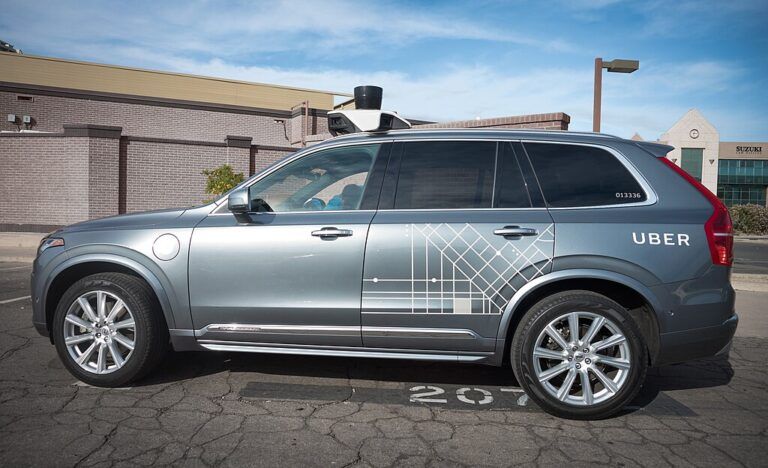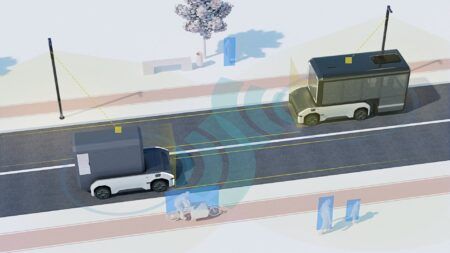Uber has announced that it is ready to deploy autonomous ‘robotaxis’ across the UK immediately, but the UK Government is sticking to its 2027 timeline for approval of the technology.
Uber is currently operating autonomous vehicles through strategic partnerships with Waymo’s self-driving service Waymo One, and already serving US customers in Austin, Atlanta, Phoenix, San Francisco, and Los Angeles through the Uber platform, while a partnership with WeRide will serve Arlington, Texas by the end of this year.
Uber and WeRide also recently launched an autonomous mobility service in Abu Dhabi, marking the first time autonomous vehicles are available on the Uber platform outside of the US.

In Europe, at the start of May 2025, Uber announced a partnership with Chinese self-driving startup Momenta, with a view to deploying Robotaxis in the EU in 2026. “This collaboration brings together Uber’s global ridesharing expertise and Momenta’s AI-first autonomous driving technology, paving the way for a future where more riders around the world experience the benefits of reliable and affordable autonomous mobility,” said Uber CEO Dara Khosrowshahi.
Despite Uber’s track record and confident assertions, the UK government remains committed to its 2027 timeline for introducing self-driving cars on public roads. Officials have been developing comprehensive safety frameworks and regulatory standards, viewing the three-year preparation period as essential for public safety and trust.
Leading academics strongly support the government’s cautious approach, warning against premature deployment. Dr Saber Fallah, Professor of Safe AI and Autonomy at the University of Surrey, argues that true readiness extends far beyond basic technological capability.
“The UK’s cautious approach in the rollout of self-driving vehicles is not only appropriate but necessary for ensuring public trust and long-term safety,” says Dr Fallah. “While the maturity of certain technologies, such as those proposed by Uber, is advancing rapidly, readiness must be judged not just on how well the technology performs in ideal conditions, but also on how consistently and reliably it makes decisions in complex real-world environments.”

Current autonomous vehicle systems face critical limitations in replicating human judgment, particularly in unpredictable scenarios common on British roads. Dr Fallah highlights a fundamental problem: “Current autonomous vehicle (AV) systems often lack the capacity to explain their decisions, adapt meaningfully to unique scenarios, or respond with the nuanced judgement that human drivers routinely demonstrate.”
This gap between statistical learning and human-level reasoning represents one of the biggest hurdles for immediate self-driving car deployment, regardless of how well the technology performs in controlled environments.
The certification challenge extends beyond technical performance to legal and ethical considerations. “Legally and ethically, certifying decision-making processes that remain unclear to regulators poses significant risks,” says Dr Fallah.
True autonomous vehicle readiness requires traceable reasoning, comprehensive safety assurance, and validation under diverse conditions – standards that may not align with Uber’s immediate deployment timeline.
“The UK’s strategy places greater emphasis on assurance and regulation—this is a strength if paired with innovation in AI transparency and human oversight,” says Dr Fallah. “Achieving this balance is key to ensuring the public sees AVs not as experimental novelties, but as trusted, competent partners in mobility.”





